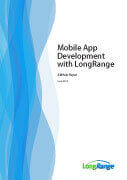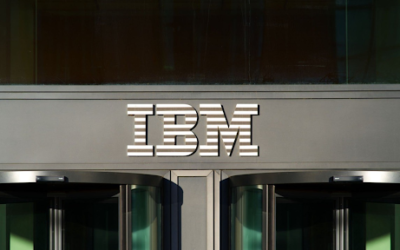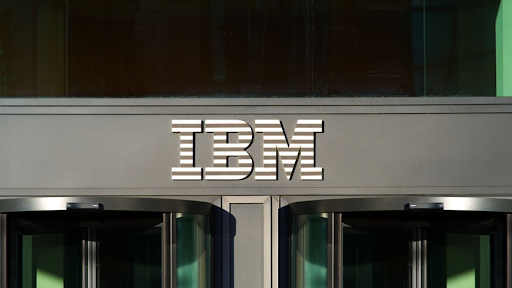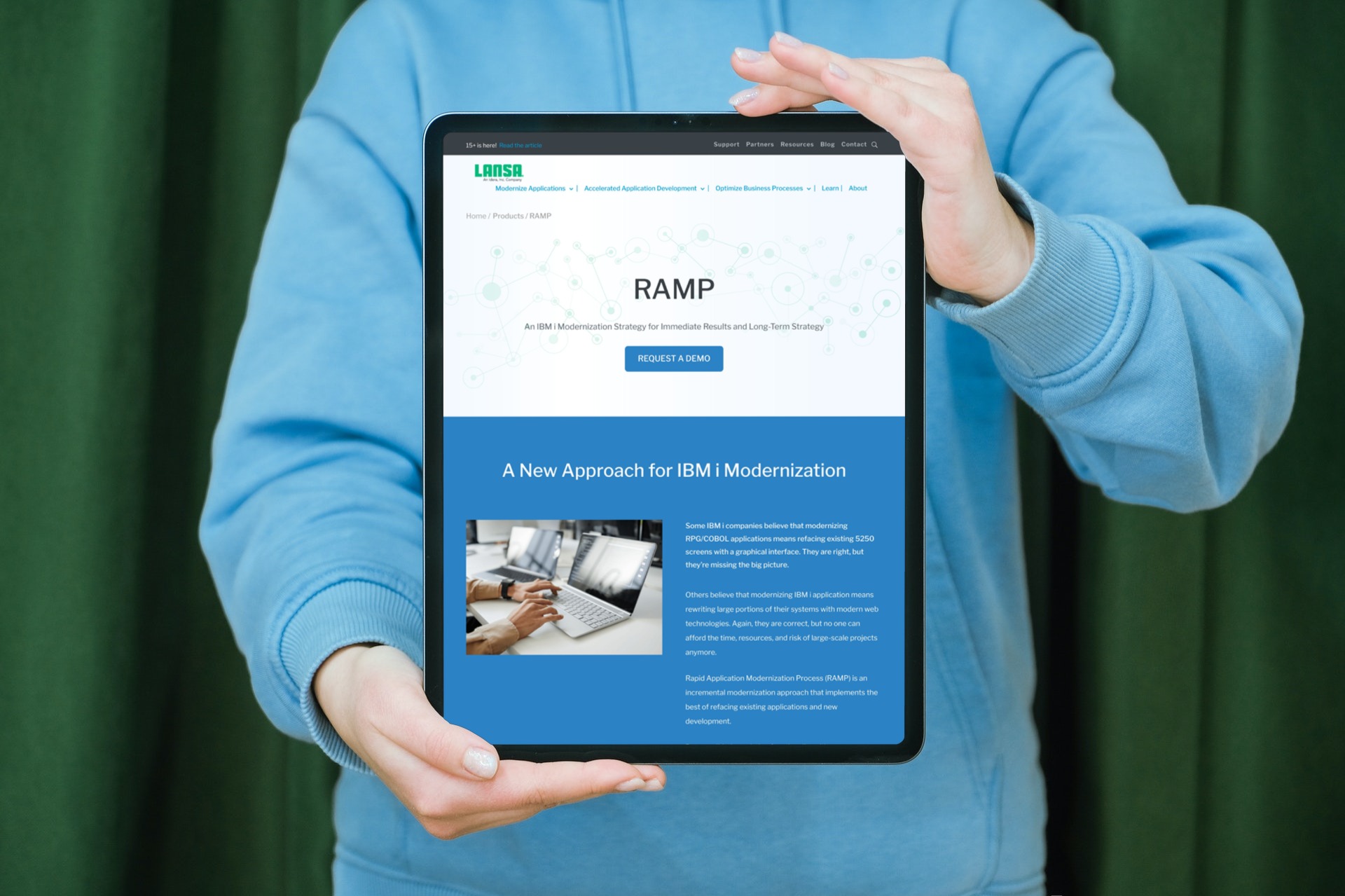IBM i is a powerful, secure, and reliable operating environment, even for data-heavy applications. And in that case, it has been a mainstay in most enterprises’ business operations for decades. However, in today’s economic climate, the focus is on cutting IT costs while facilitating productivity and digital transformation. Did you know that your RPG experience offers a great opportunity to enable digital transformation, save costs and boost productivity?
Ironic right?
Truly, RPG has been around for decades, but it is still IBM i’s primary programming language. Therefore, most IBM i developers live and breathe this language, alongside COBOL, or CL. In that case, before building native mobile applications, they must learn new programming languages, such as Java or Objective-C. Ultimately, they would need to add HTML, CSS, and JavaScript to the mix, if they’re to build Web or hybrid apps for mobile devices. These activities will incur training costs and reduce developer productivity while developers become familiar with new tools and the eccentricities of the languages.
However, if developers could use their existing tools and skills to produce native mobile apps, there would be no new languages to learn, and developers would be productive immediately. Hence, reducing delivery time and ultimately boosting ROI through IBM i modernization. This is what this article is about; showing you how you can leverage your RPG experience to boost your IBM i ROI and productivity.
Get insights on how RPG became the most talked about topic during COMMON’s POWERUp 2021 conference on this article related to the IBM computer language.
How Can You Build Mobile Device Apps With Only RPG, COBOL, or CL Developer Skills?
The rapid adoption of mobile apps has changed the way businesses interact with their customers and how they provide value. Customers now expect to be able to engage businesses on the go, I.e., via mobile devices. Therefore, companies need mobile apps to enable seamless customer interaction.
Before you think about turning your RPG code into a functional mobile device app, you need a mobility first strategy. This way, you can identify business areas where mobility will significantly affect your bottom line, that is, boost productivity and ROI. Also, thinking through a strategy will help you develop a working roadmap where you can prioritize business activities to ensure you’re implementing mobility solutions that would maximize your ROI.
Next, you need a solution that allows you to build native mobile applications using your familiar RPG, COBOL, or CL., for example, LANSA’s LongRange. Mobile apps built using LongRange can use storage on a mobile device and operate online when connected to a network or offline when no network is available. You can use these features to streamline business processes that use data when employees can’t connect to a corporate or public network. Your mobile workforce need not suffer reduced productivity when communications are unavailable.
Explore information about the importance of utilizing your knowledge of RPG programming language in this article: “5 Reasons Why RPG Is A Hot Topic At COMMON POWERUp 2021”
How Can You Leverage LongRange To Build Mobile Apps Using Your Existing Development Tools (RPG, COBOL, or CL)?
 LongRange is a LANSA solution built to enable the IBM i (System I, iSeries, AS/400) developer community to quickly make apps available to mobile device users and with minimal developer effort. Apps built using LongRange easily integrate with existing applications and business processes. They are inexpensive because developers are productive immediately.
LongRange is a LANSA solution built to enable the IBM i (System I, iSeries, AS/400) developer community to quickly make apps available to mobile device users and with minimal developer effort. Apps built using LongRange easily integrate with existing applications and business processes. They are inexpensive because developers are productive immediately.
This solution consists of a server-side management service (LongRange Server), an app that runs natively on a mobile device (LongRange mobile app), and a developer tool (Visual LANSA or LongRange Studio).
Administrators download and install the LongRange server on an IBM i server. Developers download and install Visual LANSA or LongRange Studio on a desktop or notebook computer. Users download the LongRange mobile app to their mobile device, connect to the server, and are ready to use the applications.
To find out more on how LongRange can help you facilitate mobile app development in your organization – identify the potential users and the type of app to build. And how you can leverage LongRange to build mobile device apps using only IBM i developer skills; check out the LongRange Whitepaper here.
How Can You Modernize and Simplify Work Done On Your IBM i?
For most organizations, modernization presents a more practical solution instead of migrating to a totally new platform. And rightly so, as switching platforms could be expensive. Not to mention forfeiting the security and reliability the IBM i offers.
Again, a strategy-first approach is imperative when it comes to modernizing your IBM i applications. This way, you can ensure you’re choosing the right modernization solutions and prioritizing the right areas to ensure optimum return on investment.
LANSA is one of the leading facilitators when it comes to modernization solutions, with so many enterprise companies leveraging its solutions for their modernization projects.
That said, LANSA offers various solutions that give businesses complete control over their IBM i modernization projects. Addressing short-term needs without disrupting long-term goals is a key aspect of LANSA’s approach. Keep what works, improve what is inefficient, and create new apps, all in the same framework for convenient access.
One of LANSA’s most sought-after modernization solutions is the LANSA ERP (Enterprise Resource Planning) software. It is an open-source solution for IBM i (System I, iSeries, AS/400), a comprehensive, enterprise-wide business solution with rich business functionality, an Executive Dashboard, Advanced Workflow, Desktop Integration, and flexible End User Queries and Reports. Most IBM i ERP software solutions require extensive consulting, expensive upgrades, and high maintenance fees, and you fear whether you will ever get the desired functionality and ROI from a new ERP system. However, LANSA ERP Frameworks removes the risk by providing:
- Open source to all of the applications modules
- Consulting support to integrate and train your team
- Education for your team to implement and support
- Knowledge for your team to control its future application life cycle and evolution
Explore more information about how your organization can use application modernization to accelerate digital transformation in this article: “What is IBM System i?”
How Can Mobile Application Development And Modernization Boost IBM i Productivity and ROI?
Firstly, mobile app development brings you closer to your customers, and that ultimately means higher income. But to get the most out of your mobile app development project, you must ensure a low cost of ownership. In other words, how much would it cost you to build and maintain your applications?
Building with a solution such as the LongRange mobile app development tool encourages results-oriented programming as it allows developers to, right away, concentrate on business requirements and not mobile device technology. More specifically, LongRange can boost your productivity and ROI in the following ways:
- Short time-to-market – significantly reduce the time to design, program, and deploy native apps for multiple mobile platforms:
- Use RPG, COBOL, or CL on the server; no programming is required for the mobile device.
- The same RPG, COBOL, or CL programs will service iOS, Android, and Windows tablets and PCs.
- The user interface of the native app automatically reshapes and resizes to accommodate different screen sizes (e.g., smartphones versus tablets).
- Low total-cost-of-ownership – maintaining and extending the native apps using familiar development skills will be as easy in the future as it is today:
- There is no additional cost of hiring, training, and retaining developers with specialized mobile app development skills.
- To support multiple mobile platforms, you only need to maintain one RPG, COBOL, or CL source code.
- Rapid return on investment – quickly deliver easy-to-use native mobile apps with a rich user interface and enhance your users’ productivity.
- Reduced ongoing maintenance costs – No need to develop multiple versions of programs to support each mobile device platform or to use complex cross-platform tools to convert programs.
- Minimal developer learning curve – no need to learn mobile-specific programming.
In the same vein, modernizing your IBM i applications enhances their value and also reduces their maintenance costs. Similarly, in a Forrester study, respondents answered that modernization results in; increased productivity, higher efficiency, and reduced costs.
Ready to find out more about how LANSA can help? Contact us.






















